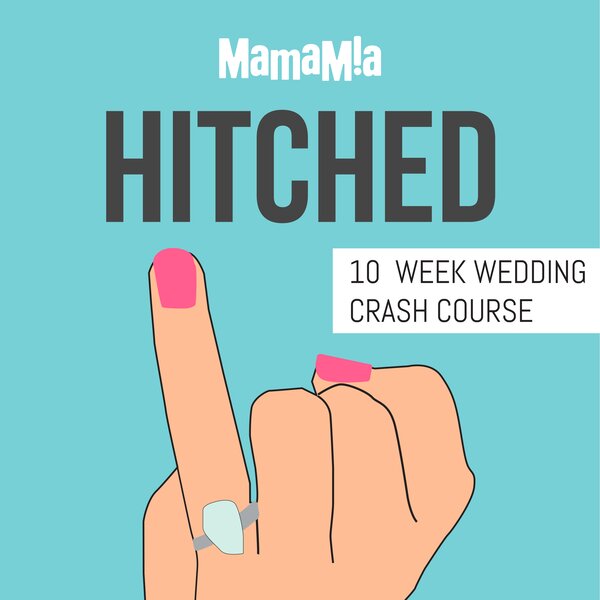
Welcome to Mamamia's Well Fact Sheets, where leading experts provide clear, evidence-based information on the topics that matter most to women's health. Each month, we cut through the noise and misinformation to deliver straightforward facts and practical advice you can trust.
Here, we're tackling the full spectrum of women's health concerns — from fertility and sleep to mental wellbeing, skin health, and essential health checks.
Consider this your go-to resource — a place that puts you in control of your wellbeing. Because when we understand our bodies better, we can advocate more effectively for ourselves in healthcare settings and make choices that support our overall health.
Watch: A doctor answers all your vaginal health questions below. Fact sheet continues after video.
What is breast cancer?
Our breasts are a collection of lobes and ducts, with each lobe being further divided into lobules. The lobules are where milk is produced during breastfeeding and the ducts transport the milk to the nipple.
Breast cancer is where there is abnormal growth of the cells that line the breast lobules or ducts. These abnormal cells continue to divide and grow, and in some cases, can spread to other parts of the body (known as metastasis).





























































































